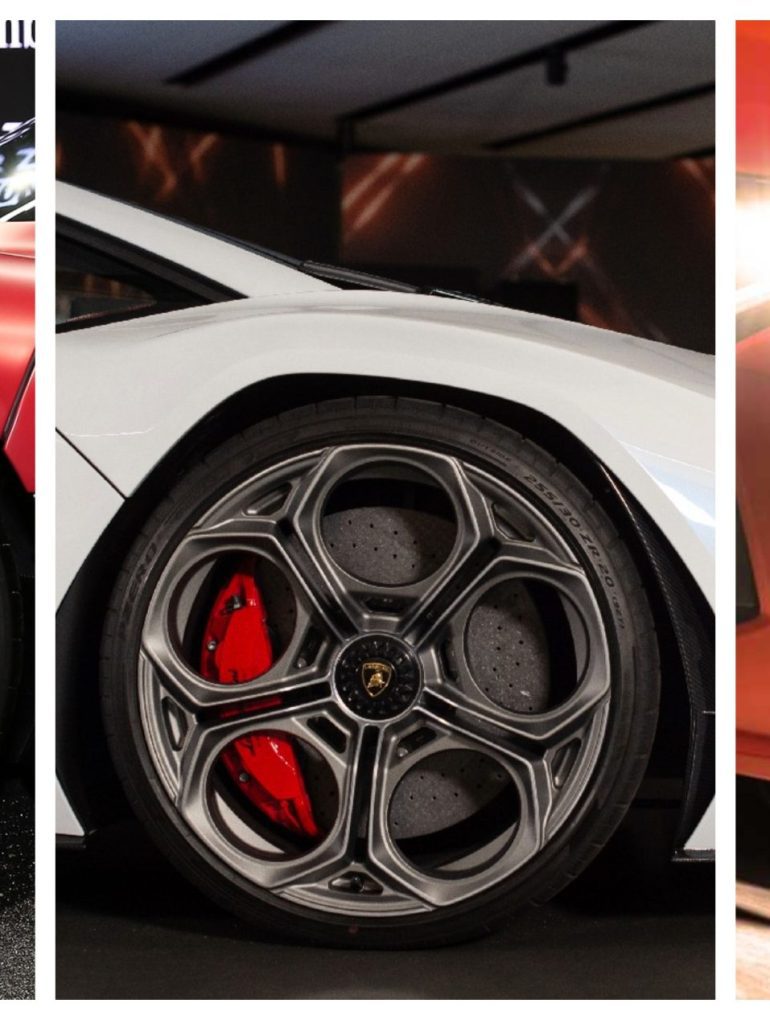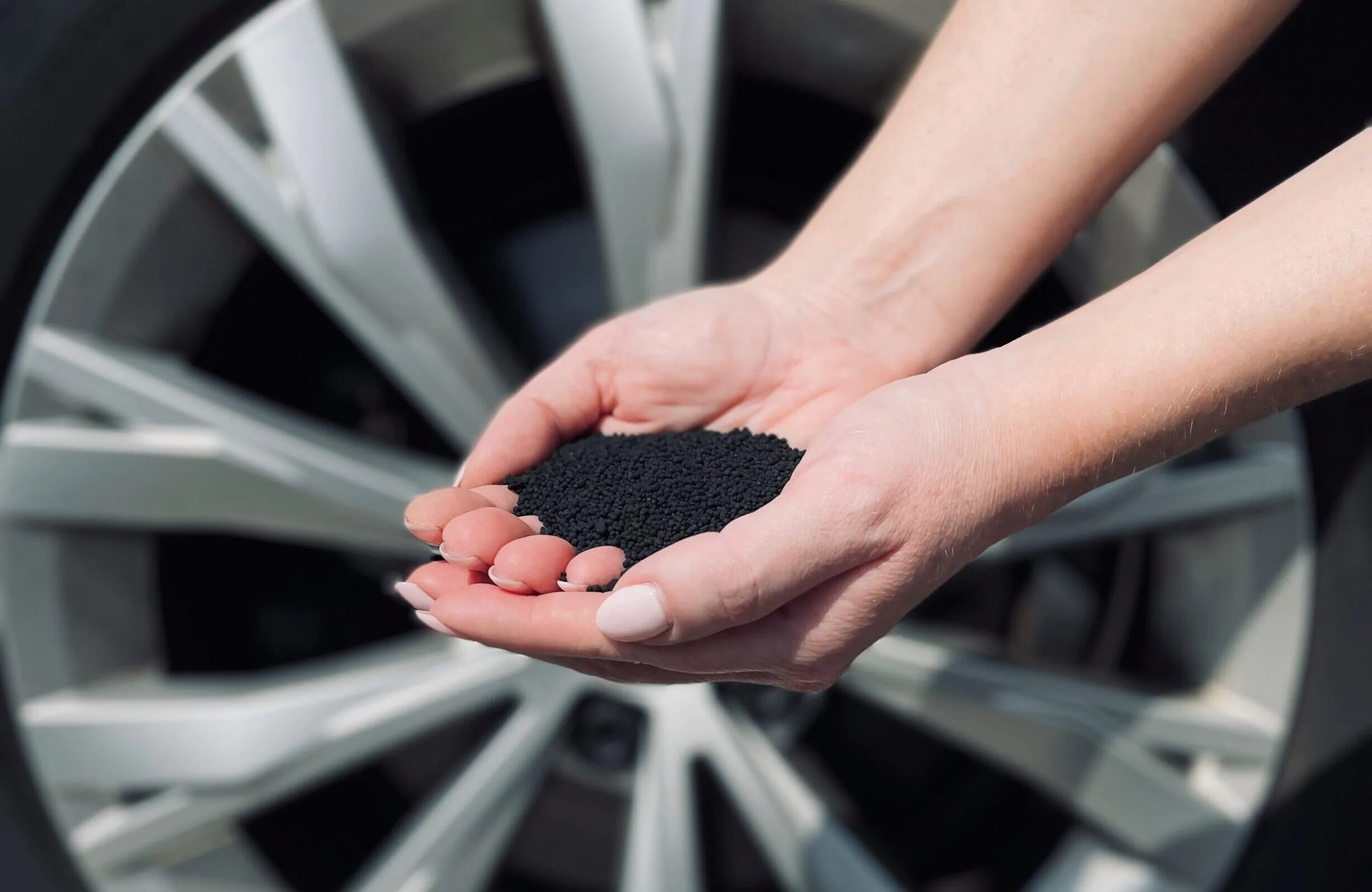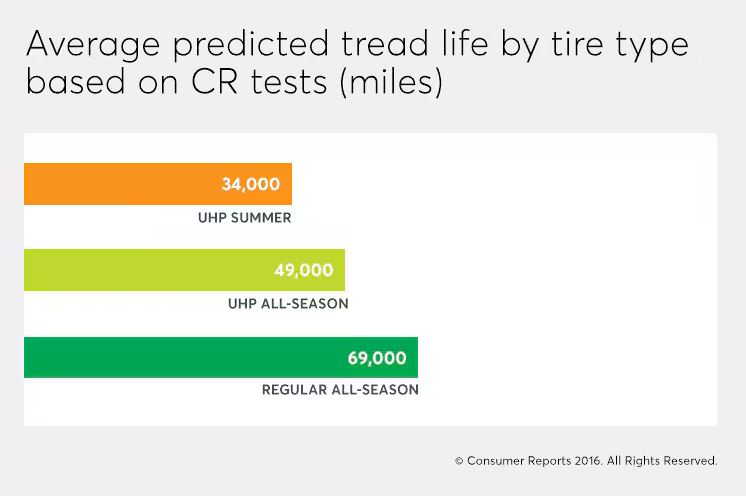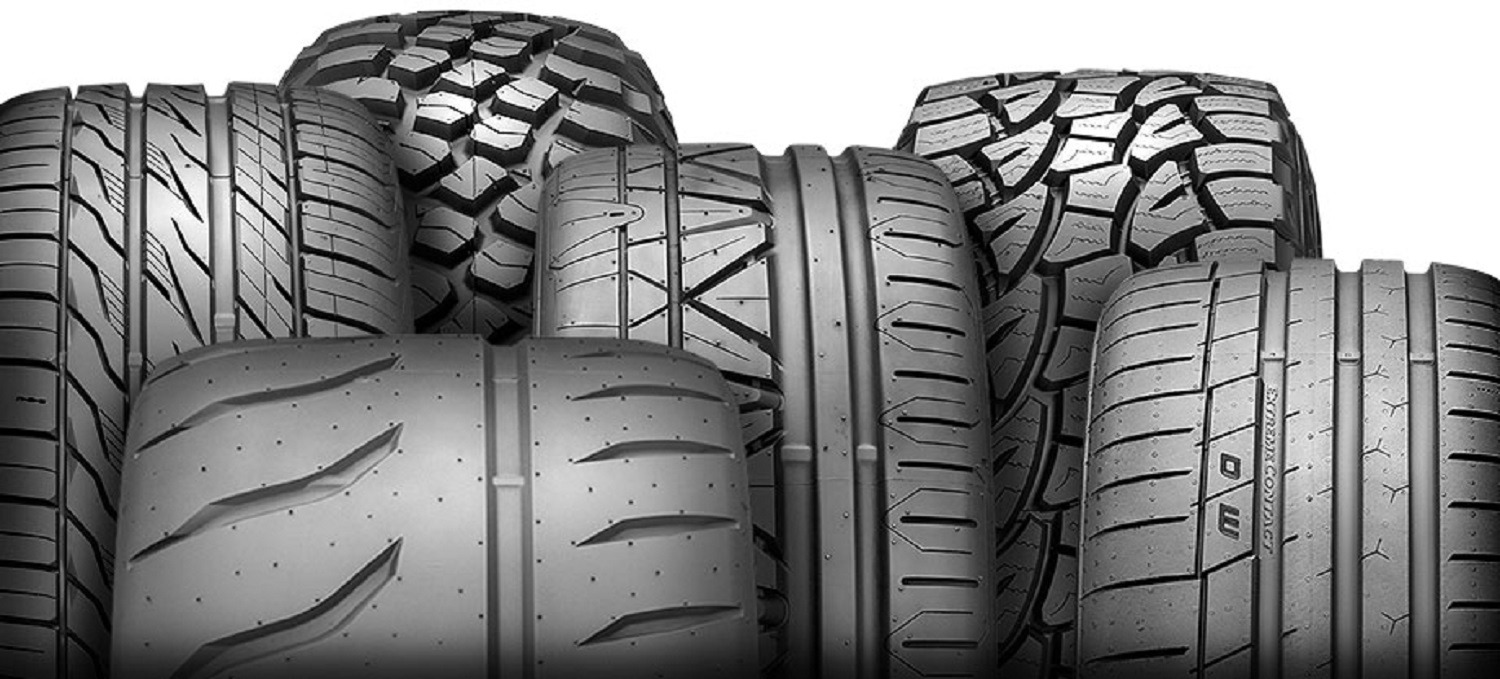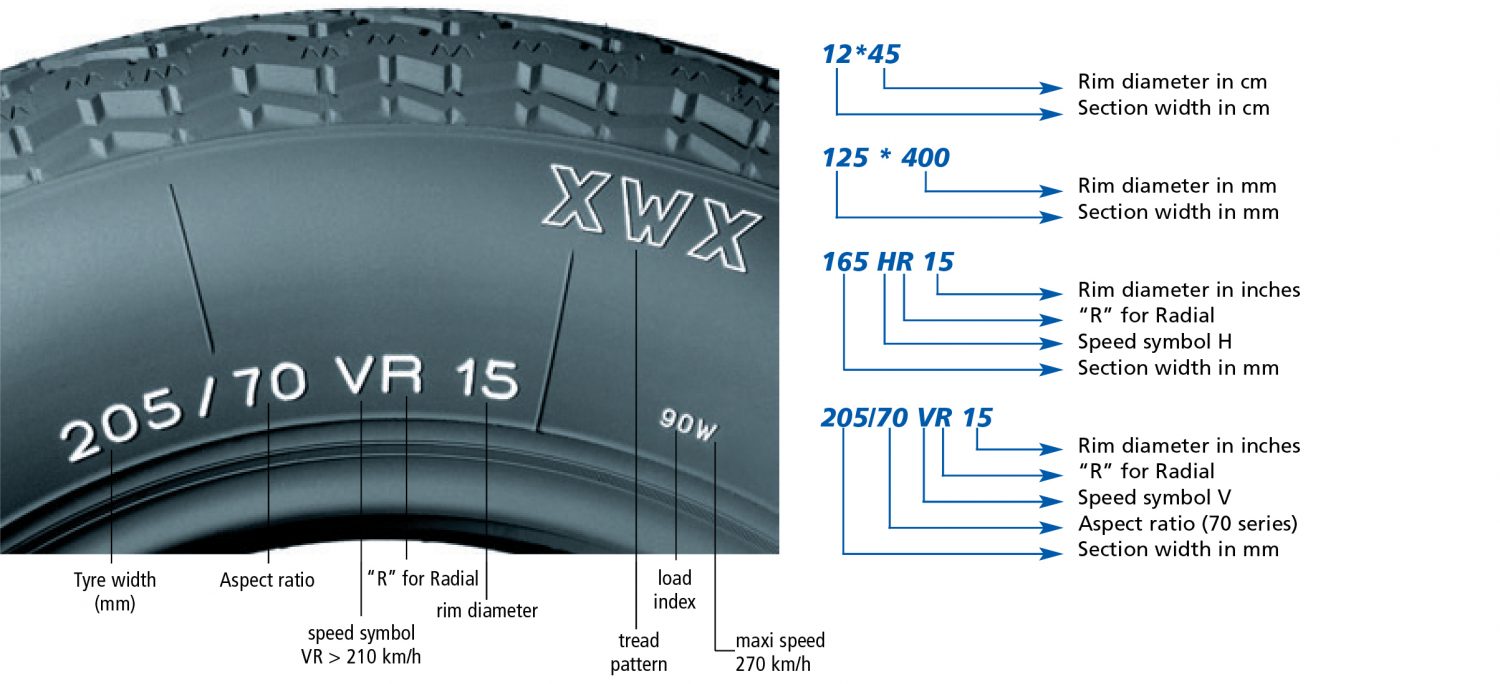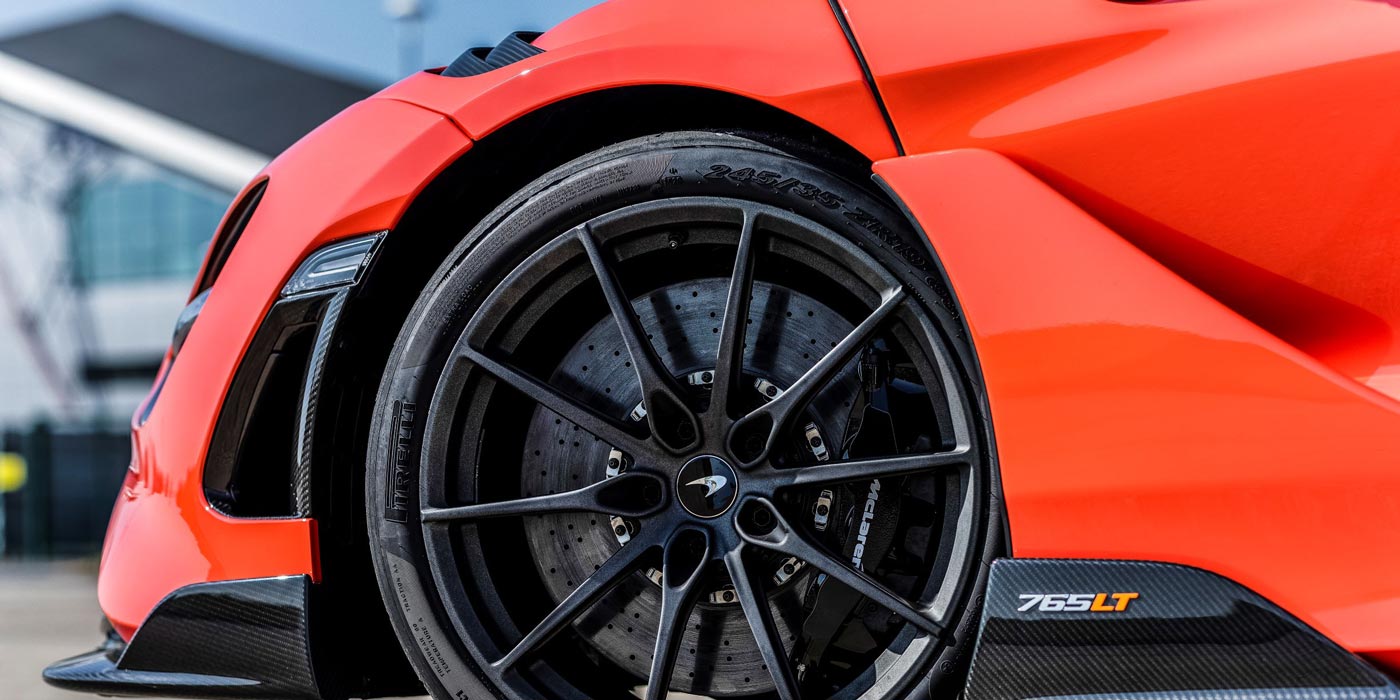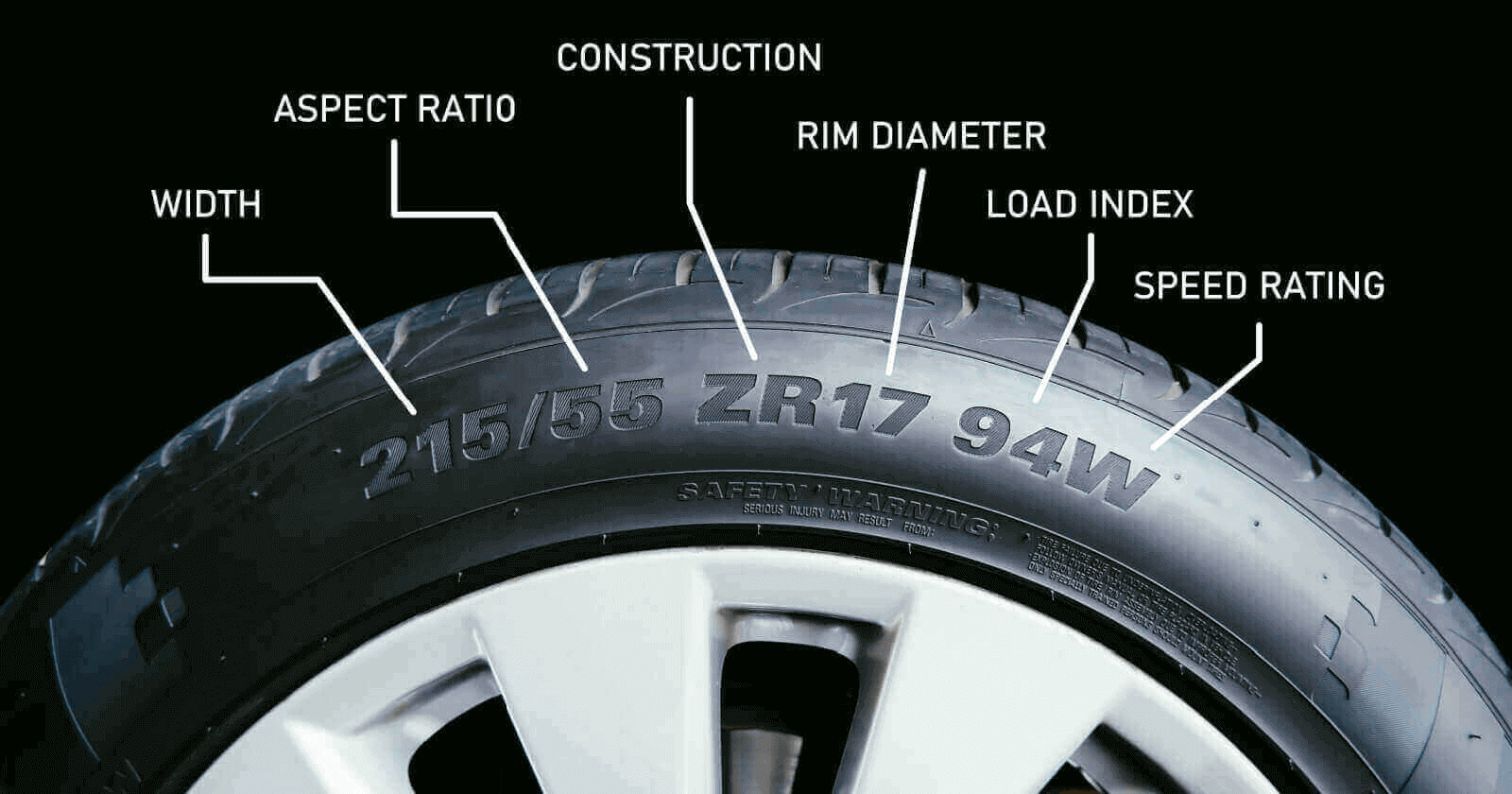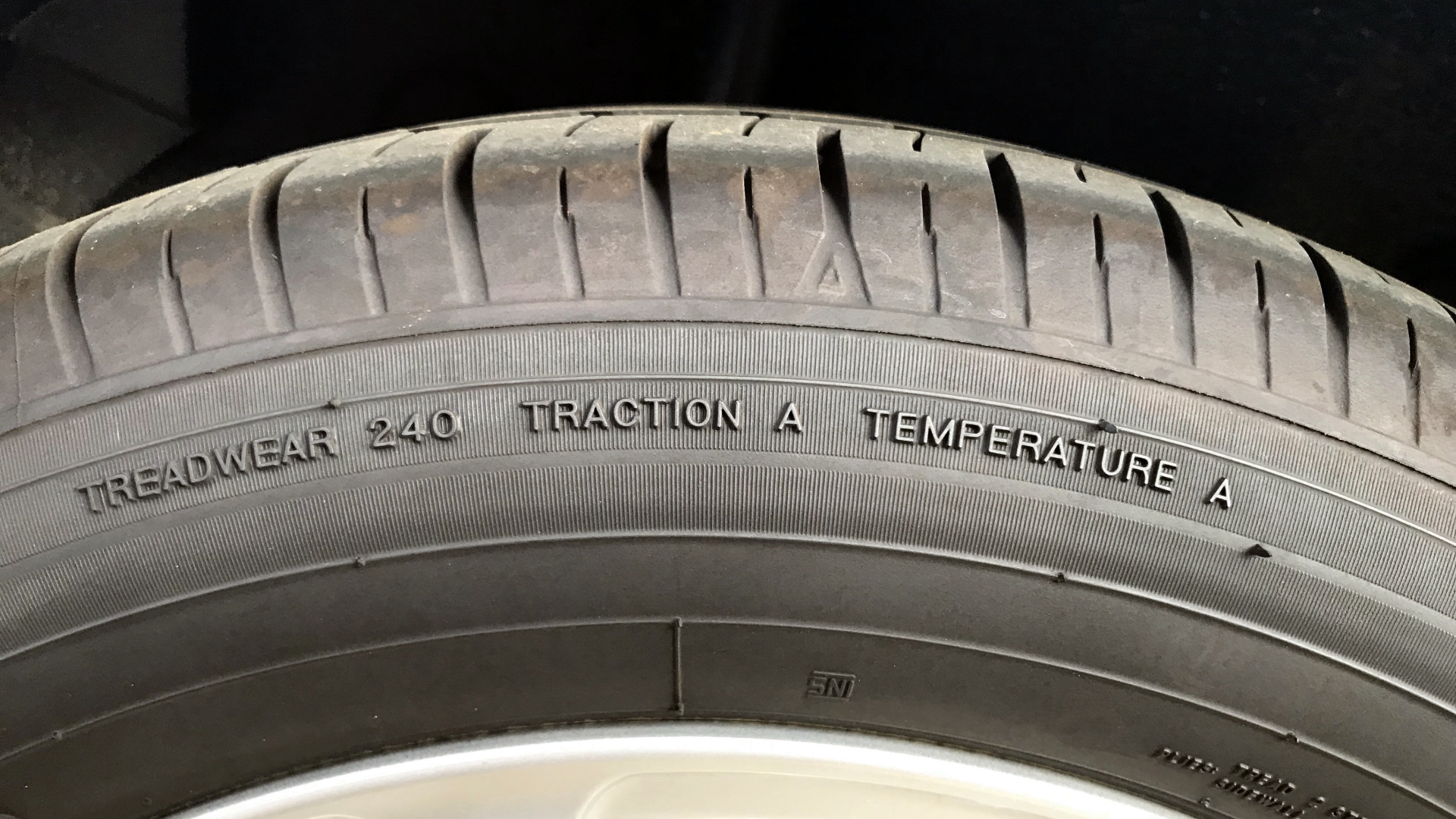Selecting suitable tires is a key factor in maximizing your vehicle’s performance and ensuring safety.
As Nate Dodds, performance tire product manager, Continental Tire the Americas LLC says, “ While performance requirements vary from OEM to OEM, manufacturers are often asking for increased grip in both dry and wet, as well as improved efficiency in terms of tire rolling resistance.”
Credit: Jalopnik
As a result, there is increased demand by original equipment (OE) vehicle manufacturers as they seek to squeeze performance out of both high-performance (HP) and ultra-high performance (UHP) tires on their vehicle lineups, resulting in a broader selection of performance-oriented products.
Online vendors such as NeoTires offer a comprehensive range of tires to suit your needs so when it comes to high-performance cars, especially supercars, we’ll run through some of the foundational aspects you’ll want to consider when selecting your next pair of rubber.
Tire Composition and Material
First off, tire composition and material make a world of difference in application. When we talk about supercars and other high-performance vehicles, we’re typically focusing on dry and wet conditions. Yes, there are Lamborghinis that brave the harsh wintry landscape of Switzerland, but most enthusiasts will either take their car on the track or engage in spirited road driving.
Silica-Enhanced Rubber
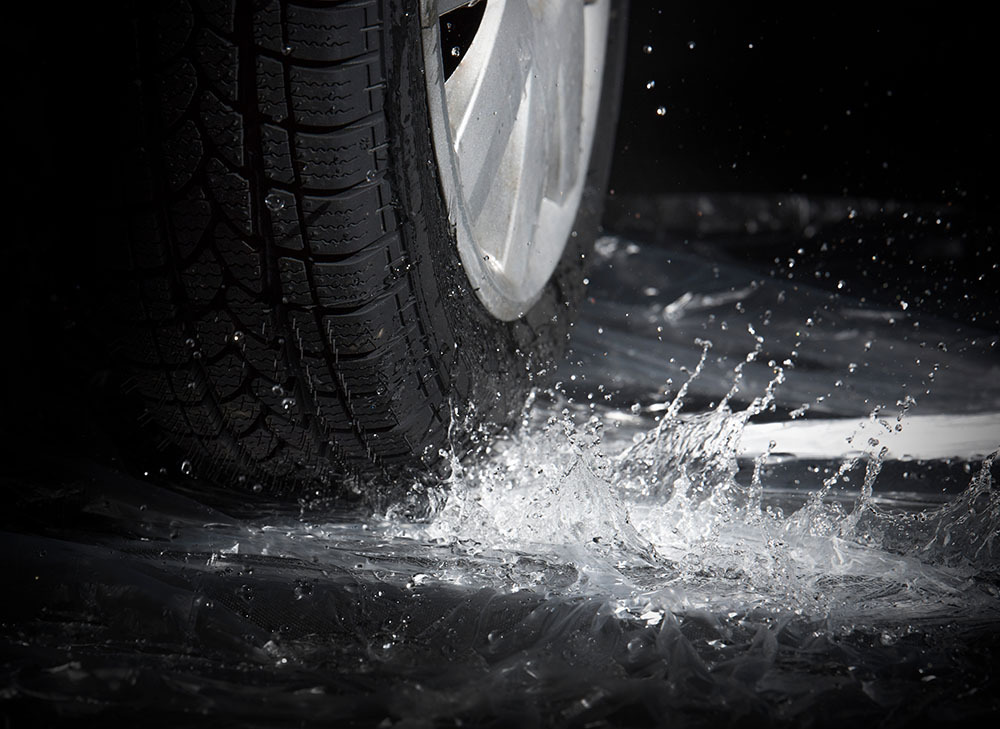
Credit: Tread Nation
The application of silica-enhanced rubber compounds is commonly found in high-performance and all-season tires. It’s a technical term but provides tires with enhanced grip, particularly in wet conditions, without compromising tire life. If you’ve ever watched any motorsport racing event, you’ll know that wet conditions can come at a moment’s notice, so improving wet traction is essential. Likewise, silica also helps lower rolling resistance, which can improve fuel efficiency and reduce tire wear.
Carbon Black
Credit: Contec
Carbon black is also a common application in high-performance tires to increase durability and heat resistance, which helps it withstand the extreme temperatures generated during high-speed driving. You can imagine the heat generated from the friction when a Lamborghini Huracan LP 610-4 blazes around the Nurburgring at 298 kph (185 mph).
Other material technologies include kevlar reinforcement to add strength and puncture resistance to the tire structure without drastically increasing weight, as well as dual compound treads where harder compounds on the edge reduce roll while a softer compound in the middle helps maintain traction.
The difference between tread life by tire type, as tested by Consumer Reports.
Comparatively, non-performance tires don’t get the premium treatment, instead using standard rubber materials and single tread compounds in order to keep them affordable. As you might have guessed, these technologies all serve to get the most out of performance and have the drawback of not lasting as long as regular tires.
Tread Pattern Design
Credit: Element Wheels
Tread design plays a crucial role in a tire’s grip on the road. Various tread patterns differ in their ability to move water away and prevent hydroplaning among other characteristics such as handling, traction in weather conditions, and fuel efficiency. When you’re choosing tires, consider the following:
Directional and Asymmetrical Tread
For a supercar, this category is likely the design of choice but for different reasons. Asymmetrical tires have different patterns on the inner and outer parts of the tire, while directional tires have a uniform, V-shaped tread pattern.
Asymmetrical tires also provide a versatile balance of wet and dry performance whereas directional tires are optimized for wet conditions and high-speed performance, offering superior hydroplaning resistance and stability.
You’ll want to consider what your driving conditions are most likely to be. Michelin Pilot Sport 4S and Pirelli P Zero are popular choices in asymmetrical category.
Symmetrical Tread
Conversely, symmetrical tread designs are uniform across the tire and provide a smooth ride with even wear. Despite the more consistent performance, they are less common in supercars because drivers are looking for specific benefits when choosing their tires.
Tire Width and Aspect Ratio
Credit: TyreLine
Have you ever seen the rear tires on a Porsche 911, Corvette, or any other supercar? They’re wide. Very wide.
Wider tires provide a larger contact area with the road to improve traction and handling, as well as stability during high-speed cornering.
On the other hand, you have your aspect which is the height of the tire’s sidewall as a percentage of its width. A lower aspect ratio means a shorter sidewall, which enhances handling and steering response but can result in a firmer ride. This is why almost all supercars come with low-profile tires.
Credit: Tyrepress
One important consideration to make is that supercars require very specific sizes, which may mean that an exotic owner may be limited to a factory tire option until aftermarket sizing becomes available. For instance, the McLaren Senna, McLaren 765LT, and Pagani Huayra BC all use Pirelli P Zero Trofeo R tires to match the car’s performance characteristics.
Performance Ratings (Speed and Load Index)
When you’re sitting in a Ferrari 488 GTB with a top speed of 330 km/h (205 mph), you’ll need a tire that doesn’t disintegrate when you hit that pedal.
Speed ratings indicate the maximum speed that a tire can handle and as a result, supercar tires often have ratings such as Y (186 mph) or ZR (above 149 mph) to ensure they can withstand the vehicle’s top speeds.
Equally important is your load index, which shows the maximum weight a tire can support.
A single tire with a load index of 95 can support up to 1,521 pounds (690 kg). The higher the load index number, the greater the load-carrying capacity of the tire. However, you’ll also want to account for the fact that supercars typically run staggered setups, meaning that the rear tires are bigger than the front, and therefore have a higher load capacity.
Temperature and Traction Ratings
Credit: Wikipedia
Traction and temperature ratings are part of the Uniform Tire Quality Grading (UTQG) standards established by the U.S. Department of Transportation (DOT) to help consumers compare the performance characteristics of different tires.
These ratings are determined through standardized tests conducted by tire manufacturers and are regulated by the DOT to ensure consistency and reliability in the information provided to consumers.
Traction Ratings
Traction ratings (AA, A, B, C) indicate a tire’s ability to stop on wet surfaces. Supercar tires typically have high traction ratings to ensure optimal performance in various driving conditions.
AA Rating:
- Represents the highest level of traction performance.
- Indicates exceptional grip on wet surfaces.
- Suitable for high-performance and supercar tires that require maximum traction.
A Rating:
- High level of traction.
- Provides excellent wet grip.
- Commonly found on high-performance and many passenger vehicle tires.
B Rating:
- Moderate traction level.
- Adequate for everyday driving but may not perform optimally in severe wet conditions.
C Rating:
- Basic traction level.
- Meets the minimum safety standards.
- Suitable for regular driving but not recommended for high-performance or high-speed applications.
Temperature Ratings
These ratings measure a tire’s ability to dissipate heat. High-temperature ratings (A, B, C) are essential for supercar tires, as excessive heat can degrade performance and safety. High-performance vehicles (especially supercars) need to maintain integrity and performance even under the most demanding conditions. As a result, tire selection needs to be intentional.
A Rating:
- Represents the highest level of heat resistance.
- Indicates exceptional heat dissipation capabilities.
- Suitable for extreme high-performance driving and track conditions.
- Ensures the tire remains cool even under the most demanding conditions.
B Rating:
- Moderate heat resistance.
- Adequate for normal driving conditions but may not perform optimally at very high speeds.
C Rating:
- Basic heat resistance.
- Suitable for everyday driving.
- Not recommended for high-performance or high-speed applications.
Need Some Examples?
If you ask 10 owners which tires you should buy, you’ll get 10 different responses. The best thing to do is to find a tire that meets your criteria and then through trial and error, you’ll find what suits your preference.
The McLaren 765LT comes with factory Pirelli P Zero Trofeo R tires. Credit: Tire Review Magazine
If you do need some ideas, here are some popular HP and UHP tire suggestions. The following can be found on various supercars such as the Ferrari 812 Superfast, Audi R8 V10 Plus, and Porsche 911 Turbo, to name a few.
| Brand | Model | Speed Rating | Load Index | Temperature Rating | Wet Performance | Dry Performance | Durability | Price Range |
| Michelin | Pilot Sport 4S | Y | 98 | A | Excellent | Excellent | Good | $$$$ |
| Pirelli | P Zero Trofeo R | Y | 104 | A | Very Good | Excellent | Moderate | $$$$ |
| Bridgestone | Potenza S007 | Y | 96 | A | Very Good | Excellent | Moderate | $$$ |
| Continental | SportContact 6 | Y | 102 | A | Excellent | Excellent | Good | $$$$ |
| Goodyear | Eagle F1 Supercar 3 | Y | 98 | A | Very Good | Very Good | Good | $$$$ |
Balancing Cost to Durability
High-performance and ultra-high-performance tires come at a premium price, but also have drawbacks. These tires are designed for maximum performance, which can lead to faster wear compared to regular tires.
The primary reason for choosing a set of UHP tires isn’t the cost savings, but rather the enhanced safety, handling, and overall driving experience.
Choose What Works For You
Choosing the right tires for your vehicle involves understanding all of the aspects we covered such as materials, tread designs, and performance ratings, all of which contribute to optimal performance.
By considering the trade-offs between each tire, you can make an informed decision. Even if the tires don’t work out quite the way you thought, there’s always the next set.


